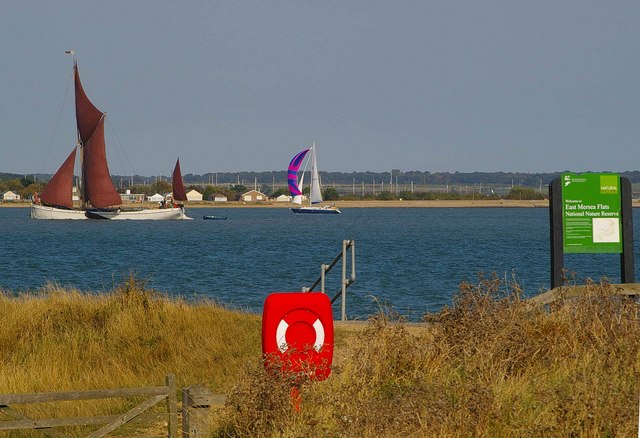Nowadays, Manningtree lives a peaceful life as a small market town on the banks of the Stour. Its High Street contains many Georgian buildings whose origins date back to the Middle Ages, including some old coaching inns. Although it is on the river it has its own beach, Manningtree Beach, a pleasant place to sit and watch the river scene. The market square has a sculpture of the “Manningtree Ox”, which dates back to the 16th century, when a whole ox was roasted for the annual Whitsun Fair. The ox got a mention in Shakespeare’s Henry IV Part 1, when Falstaff is described as “that roasted Manningtree ox with a pudding in its belly”.
Manningtree is widely thought of as the gateway to “Constable Country”, being very near some of the most famous locations used in this quintessentially English artist’s paintings, including the iconic Flatford Mill, a short distance upstream from Manningtree. Walkers can reach the Mill from Manningtree in around an hour, following the course of the River Stour. Back in town, for culture vultures there is the Manifest Theatre and the North House Gallery.
Map of the area.
 |
| River Stour by Manningtree - geograph.org.uk - 1808044. Photo by Tim Marchant, via Wikimedia Commons. |















